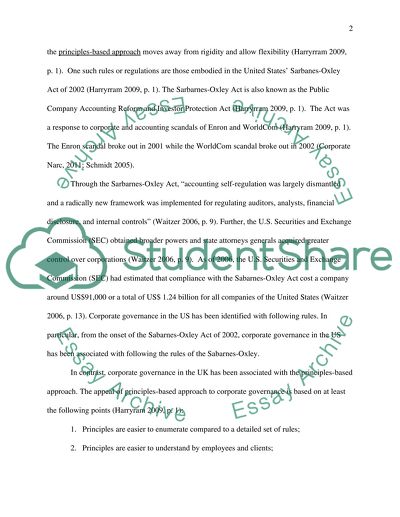Cite this document
(An Effective Governance Framework and Rights of Shareholders Essay Example | Topics and Well Written Essays - 2250 words, n.d.)
An Effective Governance Framework and Rights of Shareholders Essay Example | Topics and Well Written Essays - 2250 words. https://studentshare.org/environmental-studies/1411516-an-effective-governance-framework-and-rights-of-shareholders
An Effective Governance Framework and Rights of Shareholders Essay Example | Topics and Well Written Essays - 2250 words. https://studentshare.org/environmental-studies/1411516-an-effective-governance-framework-and-rights-of-shareholders
(An Effective Governance Framework and Rights of Shareholders Essay Example | Topics and Well Written Essays - 2250 Words)
An Effective Governance Framework and Rights of Shareholders Essay Example | Topics and Well Written Essays - 2250 Words. https://studentshare.org/environmental-studies/1411516-an-effective-governance-framework-and-rights-of-shareholders.
An Effective Governance Framework and Rights of Shareholders Essay Example | Topics and Well Written Essays - 2250 Words. https://studentshare.org/environmental-studies/1411516-an-effective-governance-framework-and-rights-of-shareholders.
“An Effective Governance Framework and Rights of Shareholders Essay Example | Topics and Well Written Essays - 2250 Words”. https://studentshare.org/environmental-studies/1411516-an-effective-governance-framework-and-rights-of-shareholders.


